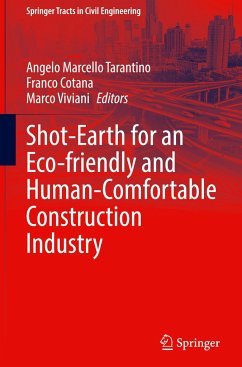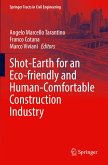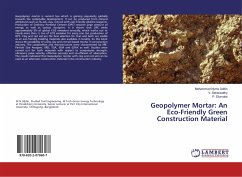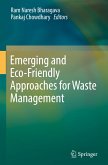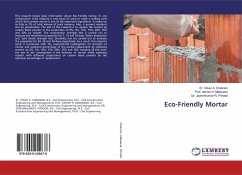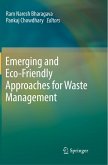This book presents an innovative and environmentally friendly type of excavated earth-based building material, called Shot-Earth. The use of a common excavated earth as a construction material (both for structural and non-structural applications) has many important advantages, the main one being that the soil can be used as a zero kilo and zero cost material, being used in the same place where it is excavated. This volume collects the main results obtained by the research units in the FIRS2019-00245 research project, funded by the Italian Ministry of Research (MUR) and dedicated to the study of Shot-Earth materials. Many of the exposed contributions concern the optimization of the mixture and application technique, which consists in the application of the mixture sprayed on a support (that serves as formwork), with or without reinforcements, by using a pressure pipe (that is by a high-speed projection). This new construction technique allows to quickly realise a variety of structural systems, even with a complex geometry (like vaults, arches, shells, tunnel coatings, underground tanks, waterproofing of walls for landfills and waste storages, slope stabilization, etc.). An additional feature of Shot-Earth is that it can be used to realise high energy-efficient buildings. In particular, this innovative technology can improve the capacity of a building to auto-regulate its interior heat and humidity, increasing indoor environment quality and energy performance and reducing building gas emissions.
Bitte wählen Sie Ihr Anliegen aus.
Rechnungen
Retourenschein anfordern
Bestellstatus
Storno

